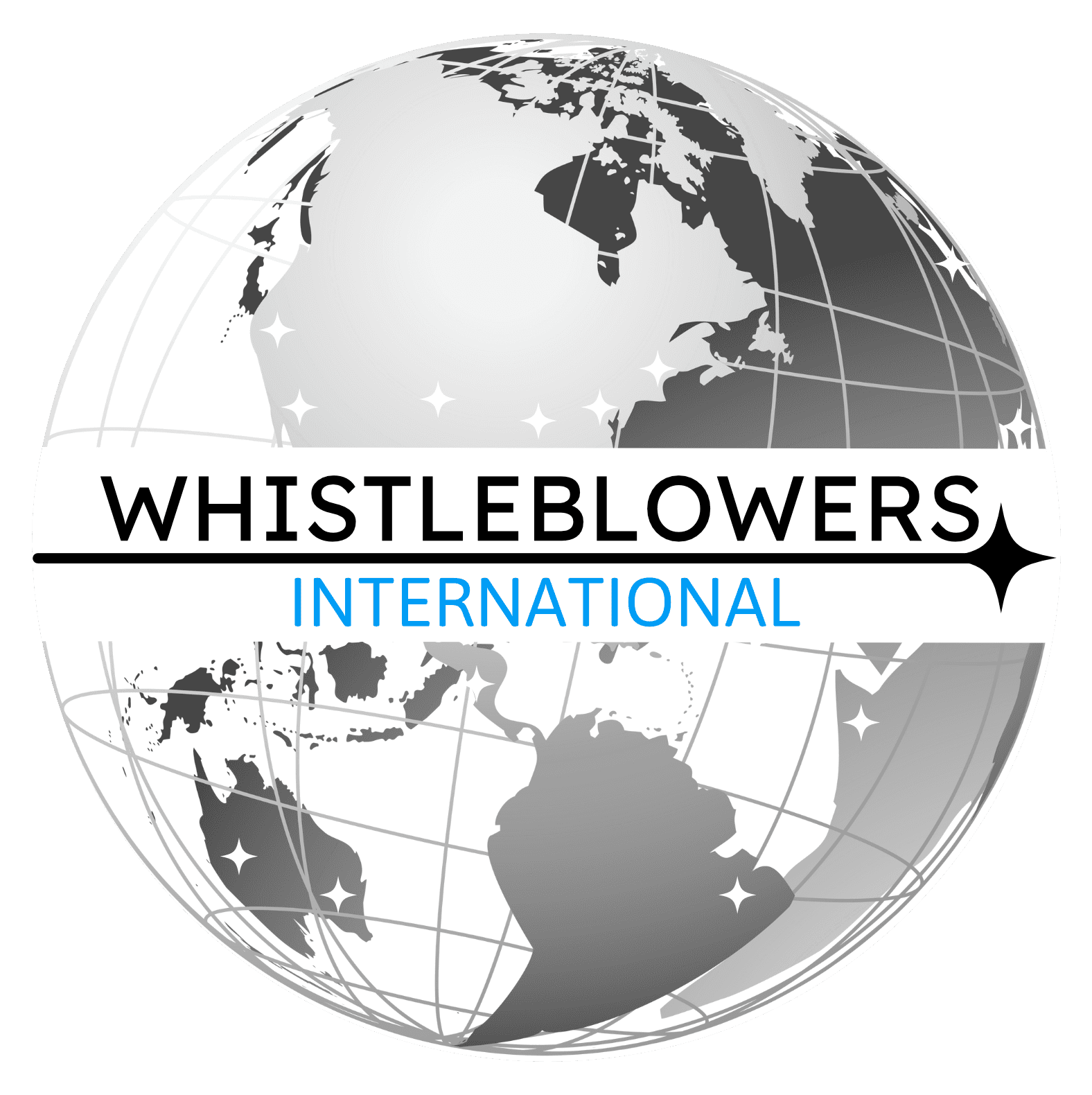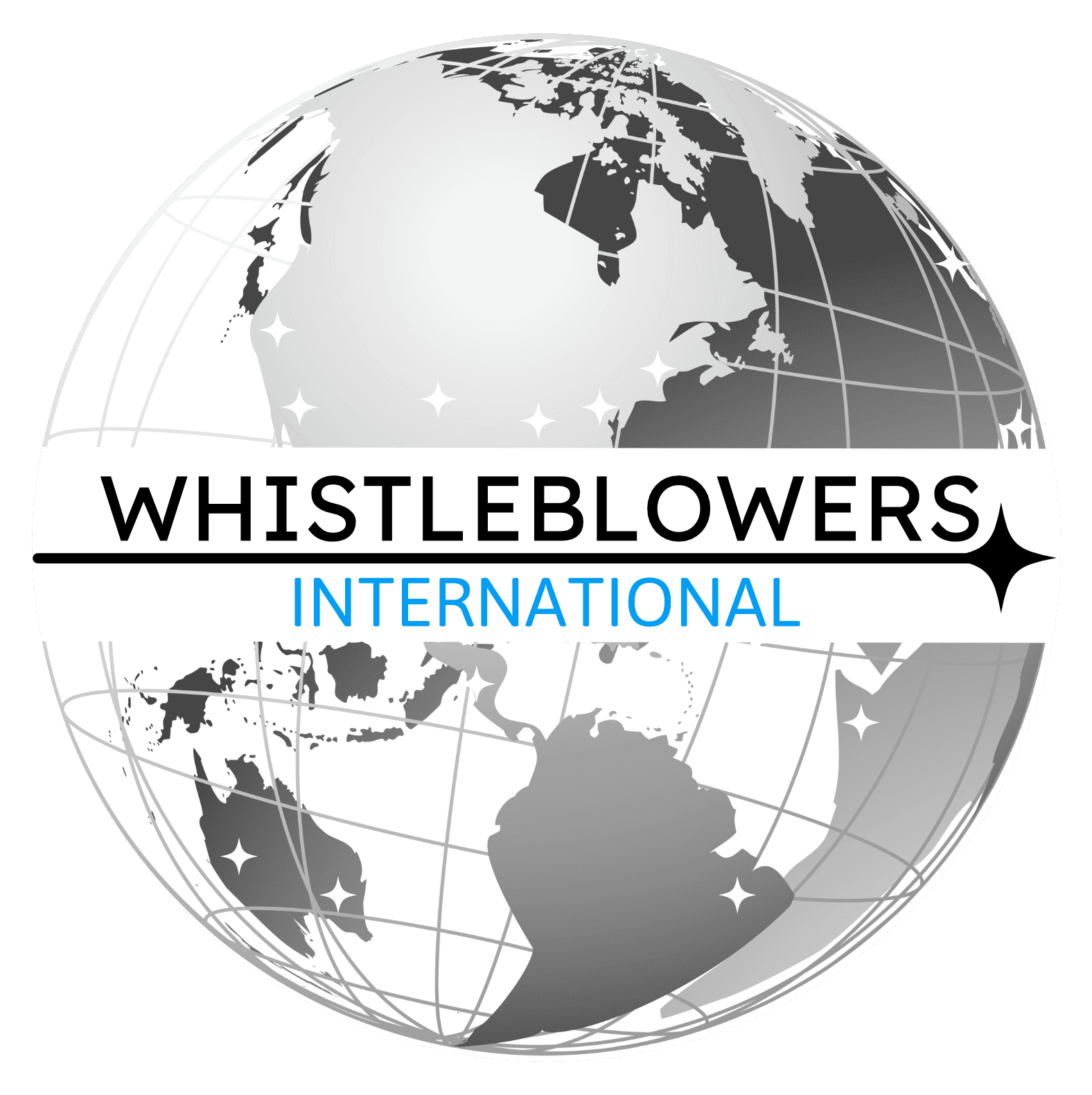Corruption has been a major issue in Central Asia. The root causes of corruption in this region can be traced back to the collapse of the Soviet Union in 1991. This led to the creation of many independent nations in Asia and Eastern Europe. The problem is that the colonial powers of the Soviet Union created borders that were not aligned with the ethnic or tribal boundaries of the people actually living in these countries. This has triggered a lot of mistrust and conflict among the population, in addition to many of them struggling with their own self-governance due to inexperience and the difficult transition from an authoritarian form of government. This tumultuous environment has resulted in a lot of corruption.
One Central Asian country that has struggled with corruption is Kazakhstan. As of January 2022, this country ranks 94th out of 180 countries on the Corruption Perceptions Index. This means that Kazakhstan is perceived as a fairly corrupt country. Kazakhstan's corruption problem is compounded by the fact that its economy is heavily reliant on oil and gas revenues, which are often subject to corruption and mismanagement. Kazakhstan has taken some steps to combat corruption, including ratifying the United Nations Convention Against Corruption and establishing an Anti-Corruption Agency. In addition, the country has implemented whistleblower legislation that includes financial rewards to citizens who report fraudulent activities to the government and if the resultant enforcement action against the wrongdoer is successful. As a result of these measures, Kazakhstan became the best performing Central Asian country in the Corruption Perceptions Index in 2019. However, more needs to be done to effectively tackle Kazakhstan's corruption problem.
Kazakhstan is not the only Central Asian country with a corruption problem. The Kyrgyz Republic ranks 144th out of 180 countries on the 2022 Corruption Perceptions Index. The Kyrgyz Republic is one of the countries that suffered the most during the transition from the Soviet Union, having many of its state-owned enterprises fall into bankruptcy. This led to those enterprises being bought privately by corrupt members of the ruling class. The corruption that developed in the subsequent years spread to all levels of government and ranged from bribery in customs to money laundering by government officials. All of this resulted in the Tulip Revolution of 2005 and the Kyrgyzstani Revolution of 2010. Fortunately, the country has adopted measures to fight its corruption issues, including the creation of organizations like the Anti-Corruption Business Council and the use of an anti-corruption website where people can report abuses. Still, it is a long road toward recovery for the country that still suffers from corrupt practices at many levels of its government.
Other countries in Central Asia that suffer from corruption are Tajikistan, Turkmenistan, and Uzbekistan. Having met with similar hardships after the collapse of the Soviet Union, these countries have many instances of corruption in both the private and the public sectors. Uzbekistan specifically is in a unique position due to having one of the largest economies in the region, mostly because of its natural gas reserves, and one of the lowest prosecution rates when it comes to corrupt practices. This means that most of the money that flows through the country is affected by this fraudulent environment. Tajikistan sits on the other end of the spectrum, with one of the poorest economies in Central Asia because of its lack of natural resources. Still, it ranks 149 out of 180 in the Corruption Perception Index. Most of that corruption occurs in the higher levels of government, with officials extorting money from citizens and requiring bribes on a daily basis, and this is all in addition to government ties to organized crime. Nevertheless, the country with the worst Corruption Perception Index score in the region is Turkmenistan, with a ranking of 165 out of 180. As with the other counties, most of the corrupt acts are done by government officials in the form of bribes. In fact, bribery is such a common practice that most citizens consider it a requirement when interacting with the government. From enrolling their kids in better schools to registering the purchase of a property, and even being admitted into hospitals, bribing officials is just part of everyday normal life. These countries have attempted to regulate and lower their corrupt practices, including the promotion of a safe environment that can motivate potential whistleblowers to come forward and denounce these acts.
In addition to the corrupt practices mentioned, nepotism and cronyism are also rife in the region, allowing those with connections to reap the benefits of government contracts and other opportunities. This has created a class of elites who are increasingly disconnected from the general population, further exacerbating feelings of disenfranchisement and injustice. The lack of transparency and accountability in government also fuels public resentment, as citizens feel that their voices are not being heard or represented. This adds up to a total distrust of the government, which includes the anti-corruption measures that they are trying to implement. As a result, the progress towards a corruption-free Central Asia region is slow and uncertain. But there is hope. Whistleblowers like you can help make Central Asia corruption-free one day by shining light on corrupt practices. The more whistleblowers speak out, the more the public in Central Asian countries will desire to change the corrupt status quo.

